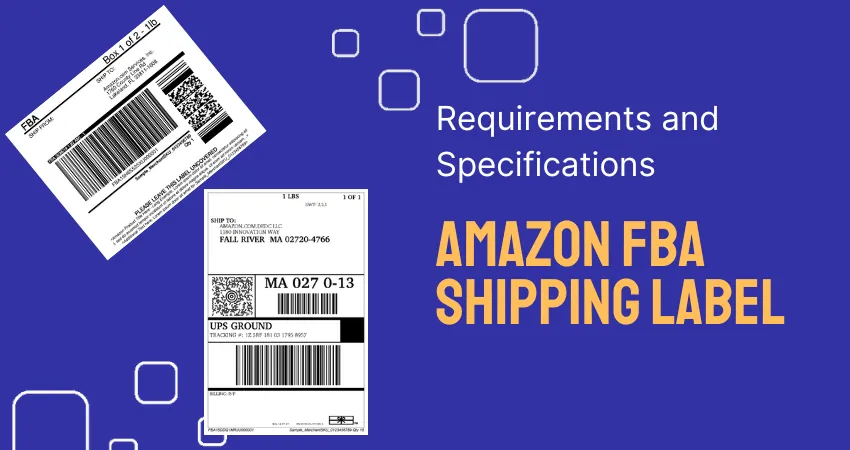eNPS Questions: The Foundation of Employee Engagement
eNPS Questions
Employee engagement is the secret ingredient that powers successful organizations. Companies that prioritize the well-being and satisfaction of their employees see better retention, improved morale, and increased productivity. One of the simplest and most effective ways to measure employee satisfaction is through the Employee Net Promoter Score (eNPS).
This blog will explore what eNPS is, its importance, and how to craft meaningful eNPS questions that provide actionable insights to improve your workplace.
What is eNPS?
The Employee Net Promoter Score (eNPS) is a metric designed to measure employee loyalty and satisfaction. It’s adapted from the Net Promoter Score (NPS) used to gauge customer satisfaction. Instead of asking customers how likely they are to recommend a product, eNPS focuses on employees by asking about their likelihood to recommend the company as a great place to work.
The Core eNPS Question
The foundation of the eNPS survey lies in its simplicity:
“On a scale of 0 to 10, how likely are you to recommend [Company Name] as a great place to work?”
Employees are categorized based on their responses:
- Promoters (9-10): Highly satisfied employees who are loyal and likely to recommend the company.
- Passives (7-8): Neutral employees who are neither highly satisfied nor dissatisfied.
- Detractors (0-6): Dissatisfied employees who may actively discourage others from joining the company.
How eNPS is Calculated
The eNPS score is determined using this formula:
A positive eNPS score indicates more promoters than detractors, signaling a healthy and engaged workforce.
Why eNPS Questions Matter
- Simplicity and Speed: The core question is easy for employees to answer, making it quick to deploy and analyze.
- Employee Insights: eNPS reveals how employees feel about the company, providing valuable insights into engagement and loyalty.
- Actionable Feedback: When combined with follow-up questions, eNPS results help organizations identify and address specific pain points.
- Continuous Improvement: Regular eNPS surveys allow companies to track progress over time and measure the impact of engagement initiatives.
Crafting Effective eNPS Surveys
The core eNPS question is crucial, but follow-up questions add depth to the responses, providing the "why" behind the scores. These supplementary questions help organizations uncover actionable insights.
Follow-Up Questions for Promoters (Scores: 9-10)
- “What do you enjoy most about working here?”
- “What motivates you to recommend this company?”
- “Are there any programs or practices you think we should expand on?”
Follow-Up Questions for Passives (Scores: 7-8)
- “What could we do to make you more likely to recommend us?”
- “What aspects of the company culture or policies could be improved?”
- “Are there any challenges or obstacles you face that reduce your enthusiasm?”
Follow-Up Questions for Detractors (Scores: 0-6)
- “What are the main reasons behind your dissatisfaction?”
- “What changes would make your experience here better?”
- “Do you feel supported in your role? If not, how can we improve?”
These open-ended questions create opportunities for employees to share specific feedback that can guide meaningful change.
Best Practices for eNPS Surveys
1. Ensure Anonymity
Employees are more likely to provide honest feedback if they know their responses are anonymous. Emphasize confidentiality to encourage candid input.
2. Regular Timing
Conduct eNPS surveys quarterly or biannually to track trends and assess the impact of engagement initiatives.
3. Communicate the Purpose
Explain why the survey is being conducted and how the results will be used to improve the workplace. Transparency builds trust and encourages participation.
4. Act on Feedback
The success of an eNPS survey depends on how well the organization addresses the feedback. Share the results with employees, outline actionable steps, and keep them updated on progress.
5. Segment Responses
Analyze eNPS scores by team, department, or role to identify specific areas that need attention.
Common Challenges with eNPS
1. Overemphasis on the Score
While the eNPS score provides a useful snapshot, it’s not enough on its own. Supplement the score with qualitative feedback for deeper insights.
2. Survey Fatigue
Frequent surveys without visible results can lead to disengagement. Ensure every survey is followed by clear actions and communication.
3. Fear of Repercussions
Even with anonymity, some employees may hesitate to provide honest feedback. Reinforce a culture of trust and openness.
Benefits of Using eNPS
- Real-Time Feedback: Gain instant insights into employee sentiment.
- Improved Retention: Addressing issues raised by detractors helps reduce turnover.
- Stronger Culture: Feedback from promoters helps reinforce and build on organizational strengths.
- Enhanced Employer Branding: Engaged employees become advocates, boosting your reputation in the talent market.
A Case Study: eNPS in Action
Scenario: A mid-sized marketing agency noticed declining employee morale. They conducted an eNPS survey to diagnose the issue.
- eNPS Score: -5 (40% detractors, 35% passives, 25% promoters)
- Key Feedback:
- Detractors cited unclear career paths and lack of recognition.
- Passives suggested better communication and more flexible work policies.
- Promoters praised the collaborative culture but wanted more development opportunities.
Actions Taken:
- Introduced a structured career progression framework.
- Implemented a peer-to-peer recognition program.
- Offered flexible work schedules and remote work options.
Outcome: After six months, the company’s eNPS improved to +15, and employee turnover dropped by 20%.
Conclusion
eNPS questions provide organizations with a simple yet powerful way to measure and improve employee engagement. By pairing the core question with thoughtful follow-up inquiries, companies can uncover actionable insights and create a more satisfying and productive workplace.
Remember, the value of eNPS lies in its ability to inspire change. Listening to employees, addressing their concerns, and celebrating their successes will foster a culture of trust, loyalty, and engagement.
Ready to take your employee engagement to the next level? Start crafting your eNPS survey today and let your employees’ voices lead the way!
What's Your Reaction?




















